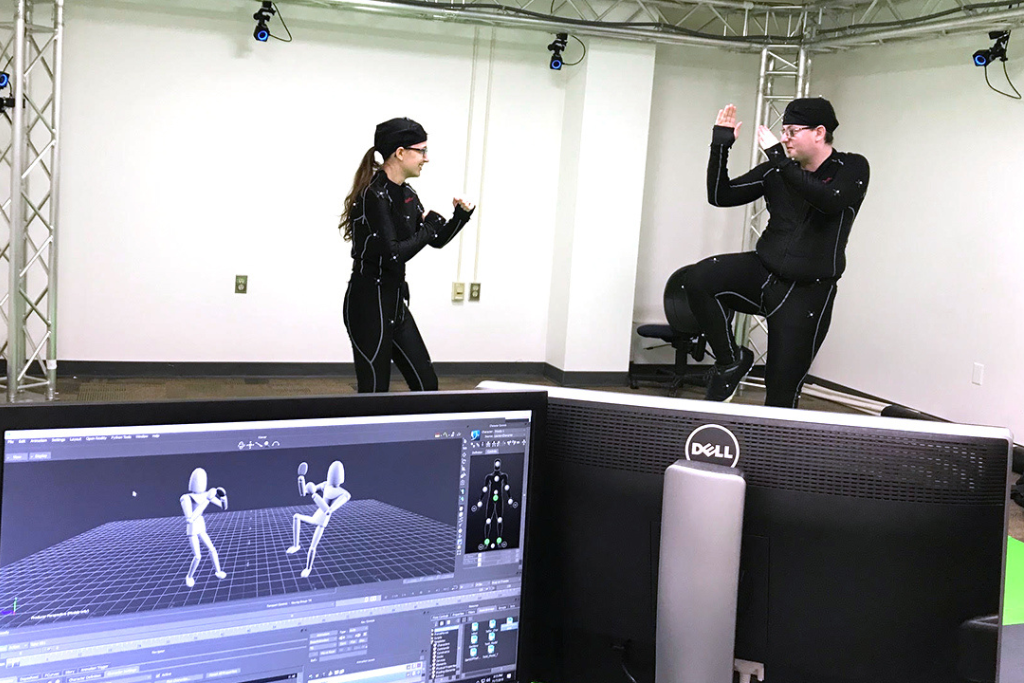In the world of entertainment, video games, film, and animation, the seamless integration of technology and human movement has reached new heights. This fascinating realm is the result of continuous innovations in performance capture technology, motion tracking systems, and digital animation studios. With advancements in 3D motion capture, virtual reality motion capture, 3D animation, and 3D design, the possibilities seem endless. In this blog, we’ll take a deep dive into the exciting world of motion capture studio and how they have revolutionized the entertainment industry.
Performance Capture Technology: Bringing Characters to Life
Performance capture technology is the heart and soul of motion capture studio. It’s the process of recording an actor’s movements and expressions and translating them into a digital format. This technology allows actors to bring life to animated characters or enhance the realism of video game characters. The captured data includes not only body movements but also facial expressions, which are essential for portraying emotions and creating convincing characters.
The process typically involves actors wearing specialized suits covered in markers or sensors. These sensors track the movement of the actor’s body in real time and record the data for later use in animation. Once the data is captured, it can be applied to 3D models, creating lifelike characters that move and emote just like their real-life counterparts.
Motion Tracking Systems: The Precision Behind the Magic
To achieve the highest level of realism in animation, precision is key. This is where motion-tracking systems come into play. These systems use a combination of cameras, sensors, and software to track the position and orientation of markers on the actor’s body. Some advanced systems can even track finger and facial movements with incredible accuracy.
One of the most widely known motion tracking systems is the optical motion capture system. It uses high-speed cameras to track the markers, and the data is processed by powerful software to create a detailed 3D representation of the actor’s movements. This data is then used to animate characters in real-time or for post-production in the digital animation studio.
Digital Animation Studio: Where the Magic Happens
Digital animation studios are the creative hubs where the captured motion data is transformed into stunning animations. These studios are equipped with cutting-edge software and hardware that allow animators to manipulate and refine the motion data, adding the finishing touches to bring characters to life.
In these studios, animators can fine-tune every aspect of a character’s movement, adjusting the speed, timing, and nuances to fit the narrative and artistic vision. The combination of performance capture technology and skilled animators results in characters that are both realistic and artistically expressive.
3D Motion Capture: Expanding the Horizon
3D motion capture technology has gone beyond the realm of movies and video games. It is now an integral part of many industries, including medicine, sports, and even virtual reality. In medicine, 3D motion capture is used for gait analysis, rehabilitation, and surgical simulations. In sports, it helps athletes improve their performance and prevent injuries by analyzing their movements.
In virtual reality, 3D motion capture takes immersion to a whole new level. With the ability to capture and replicate a user’s real-world movements in a virtual environment, it enhances the sense of presence and interactivity in VR experiences. Gamers can swing a sword, athletes can practice their skills, and architects can walk through their designs with unparalleled realism.
3D Design and 2D Animation: Bridging the Gap
While 3D motion capture is a powerful technology, it doesn’t mean that traditional 2D animation is obsolete. In fact, motion capture can be used to enhance 2D animation by providing reference data for animators. By using motion capture as a reference, animators can create smoother and more realistic 2D animation, preserving the artistic style and charm of hand-drawn characters.
Conclusion
The marriage of technology and human movement in the form of motion capture studios has transformed the entertainment industry and extended its reach to various other fields. Performance capture technology, motion tracking systems, and digital animation studios are the pillars of this innovation, enabling the creation of lifelike characters and immersive experiences. As 3D motion capture technology continues to evolve, we can expect even more exciting developments in the world of virtual reality, 3D animation, 3D design, and 2D animation. The future is bright, and the possibilities are limitless as we explore where movement meets technology.

